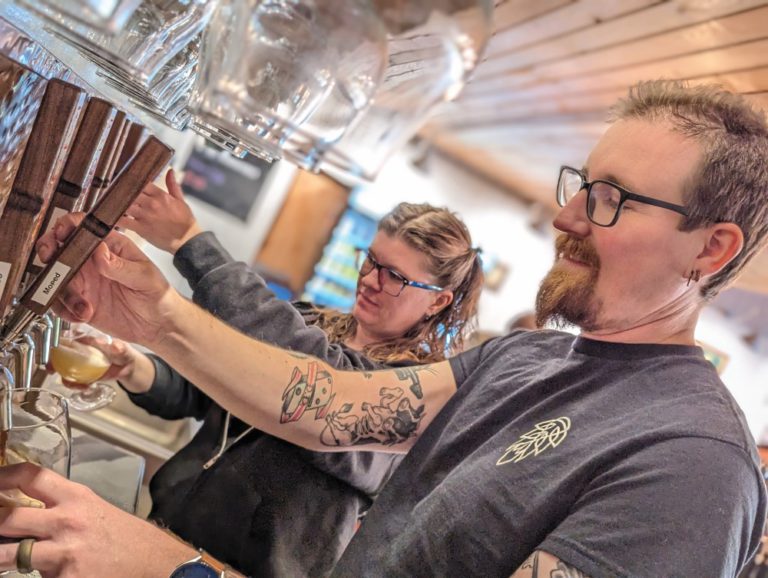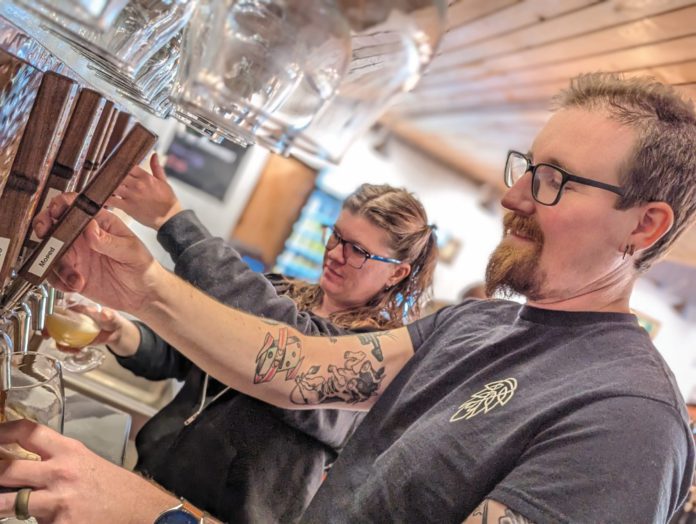The governing body that oversees Watsonville Community Hospital has brought the institution back from bankruptcy and the brink of closure since it gained control of the institution last year, restoring local control after years of corporate mismanagement.
But with a lasting $6.7 million debt from the previous owner—and a need to upgrade the hospital facilities—Pajaro Valley Health Care District (PVHCD) and hospital officials are turning to the community for help.
Measure N, upon which voters will decide in the March 5 election, would raise $116 million to pay for upgrades to imaging equipment, renovate the emergency department and expand it from 12 to 22 beds.
Organizers are now engaged in a publicity campaign for the measure, which would affect property owners within the Pajaro Valley Health Care District, which includes parts of Aptos, Seascape, Corralitos, La Selva, all of Watsonville and north Monterey County.
The bond, which would place a $24 tax per $100,000 of assessed value on properties in the district for 30 years, would also go toward repairing, replacing and upgrading roofs, wiring, plumbing, heating, ventilation and air conditioning systems.
Most importantly, it would allow PVHCD to buy back the building and grounds, saving $3 million in annual rent payments, said PVHCD board member Tony Nuñez.
The previous owner, Halsen Healthcare, sold those assets to Alabama-based Medical Properties Trust for $40 million, claiming it would raise much-needed money to keep the hospital running.
“That’s $3 million that would stay with the hospital, stay with Pajaro Valley Health Care District and help the people of Watsonville,” Nuñez said.
Halsen is facing a separate lawsuit for, among other things, “grossly negligent” conduct in the way they ran the hospital, and for allegedly taking roughly $4 million from the hospital for themselves.
There was no official opposition filed against the measure by the Dec. 15 deadline.
Santa Cruz County Budget Manager Marcus Pimentel, who also sits on the board, said that the purchase of the property would include 20 unused acres that might someday be used for additions such as a skilled nursing facility.
Pimentel acknowledged that voters face several tax measures on every ballot to pay for a wide range of needs.
But keeping Watsonville Hospital open, solvent and running, he said, is an urgent necessity.
“We are guaranteed local control of this asset,” he said. “We can bring it back under community control. There is so much benefit to getting this asset back.”
An independent citizens’ oversight committee would be created to ensure the funds are being allocated correctly.
So far, PVHCD’s work has shown a measure of success. The publicly elected body, which oversees the hospital, has solved 80% of its $30 million budget deficit in the first year, according to Pimentel.
Nuñez said that the numbers coming out of Watsonville Hospital point to the institution’s importance.
A total of 900 babies were delivered there last year, which is more than any other delivery room in Santa Cruz County.
Additionally, 32,000 people came through the emergency department, a number that is now inching toward 35,000, Nuñez said.
That’s compared to 52,000 at Dominican Hospital and 60,000 visits at Community Hospital of the Monterey Peninsula. Officials at those hospitals say that closure of Watsonville would impact their emergency rooms and occupancy rates.
Emergency department Dr. David Claypool said that expanding the facility is critical to accommodate the growing numbers of patients. Last week, he said, 20 people checked in two hours, taxing the relatively small department.
Upgrades to the X-ray and CT scanners would also be a boon for the emergency doctors, which use the equipment more than any other department, Claypool said.
“There are a lot of important changes that need to be made,” he said.
Claypool also pointed out that, as a community hospital owned by PVHCD, there is no question how or where the money will be spent.
“Every single piece of revenue we generate for the district will be spent on the hospital, to help improve services,” he said. “It’s a pretty exciting time at Watsonville Hospital.”
Without Watsonville Hospital’s emergency room, those patients would be shifted onto other regional hospitals such as Dominican, Pimentel said.
“This is not just a Watsonville or a Pajaro Valley issue,” he said. It’s a Santa Cruz County health care issue.”
County election guides will be mailed out on Jan. 25. Ballots will be mailed on Feb. 5, at which time two in-person voting locations will open.
































